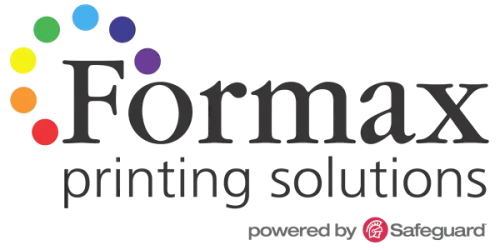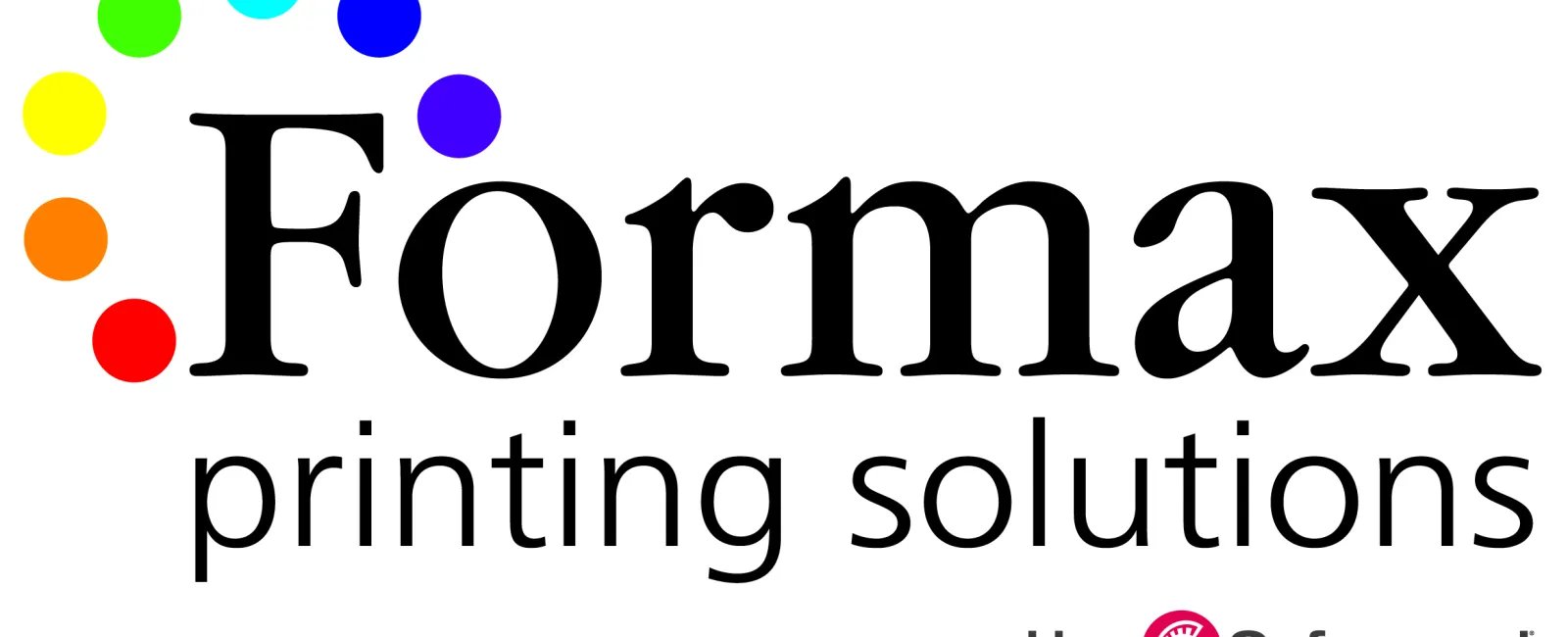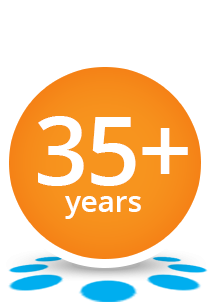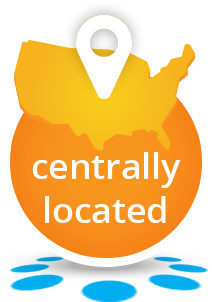
What is a Sealed Edge?
A sealed edge is formed when the printed piece is sandwiched between two pieces of plastic laminate film that extend past the edge of the printed piece. This allows the two sheets of film to bond to each other around the entire perimeter, thus totally encapsulating the printed document in plastic.
By enclosing the printed piece in plastic, its durability and longevity is greatly enhanced. This is because the laminate protects the paper and ink against spills, stains, smudges, tears, wrinkles and abrasions, as well as moisture, grease, and other contaminants.
How does a Sealed-Edge Laminate help reduce the spread of Covid-19?
Because the plastic laminate provides an impermeable barrier, it can be cleaned and disinfected without harm to the ink or paper. This feature has become increasingly necessary during the Covid-19 outbreak.
Depending on the circumstances, coronaviruses can survive on surfaces and objects from a few hours to a few days. Routine cleaning and disinfecting kills germs and lowers the risk of spreading a Covid-19 infection. Any printed piece that is not laminated poses a risk of spreading disease because it cannot be cleaned or disinfected effectively.
Hospitals, nursing homes and medical offices are examples of facilities that must take extra precautions to guard against infection, though there are a variety of other organizations, businesses, and educational institutions that require additional safeguards as well.
Below are examples of frequently-used print materials that should be laminated to allow for proper cleaning and disinfecting-
Procedures and Checklists - these documents explain a process step-by-step, in a clear and uncomplicated manner. For example, handwashing guidelines for employees.
Reference Cards and Cheat-Sheets - these are created so individuals don't have to memorize an extensive array of facts. Particularly useful for complex concepts, formulas, or terminology.
Lists of Rules, Policies, or Codes - these lists are particularly useful because certain categories of information are too critically important to solely rely on someone's ability to recall essential facts from memory.
General Instruction Sheets - these printed pieces explain how to perform a particular task, such as how to safely wear and take off a face mask.
Decision Making and Troubleshooting Aids - these problem-solving pages incorporate visual aids such as flow charts and decision trees to help people solve problems and choose between various courses of action. For example, a flow chart for screening Covid-19 symptoms.
Emergency Preparedness - these documents relay an action plan for dealing with a multitude of time-critical situations, such as medical emergencies, fires, chemical spills, crime threats, severe weather, evacuation procedures, power outages, and a host of other safety and security concerns.
Cross Reference Tables and Conversion Charts - these helpful resources show the relationship between various items, such as products or item numbers.
Training Guides - these teaching tools are used for explaining new tasks and concepts. For example, a restaurant chain may use illustrated training guides for preparing and serving food and drink in a safe manner.
In addition to providing a surface that can be cleaned and disinfected, lamination has a very reasonable cost. It is also completely transparent and does not impair the printing in any way. Furthermore, because it increases the longevity of the print materials - especially those that are handled frequently - it saves money on reprinting.
If you have any questions about laminated printing, just give Formax a call at 866-367-6221 to discuss the various laminating options. Or, if you already know your project's specs, click here to submit our easy quote form. As always, we look forward to assisting you!
Take care! Rick




